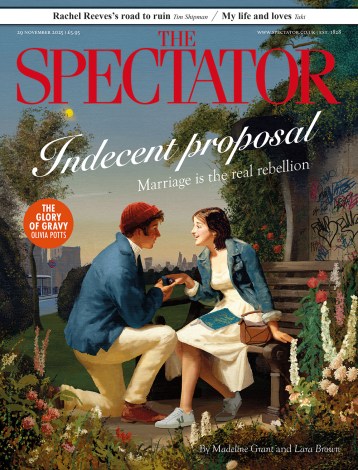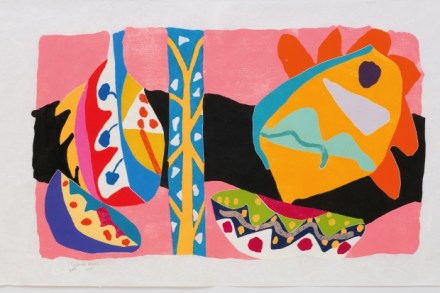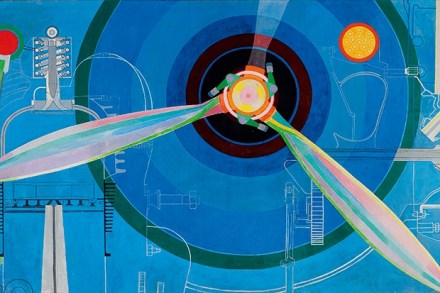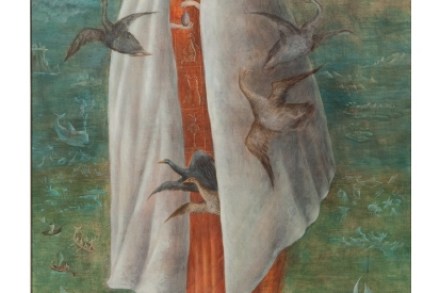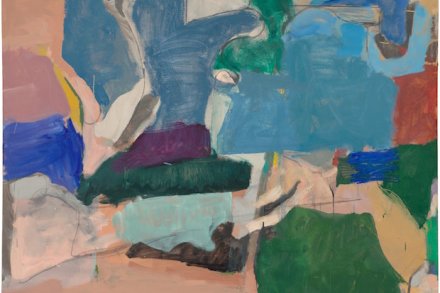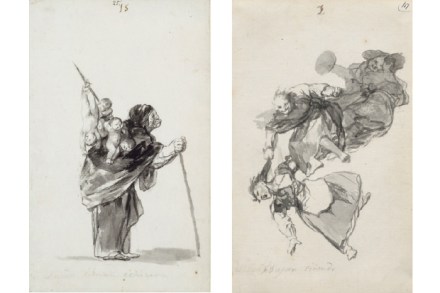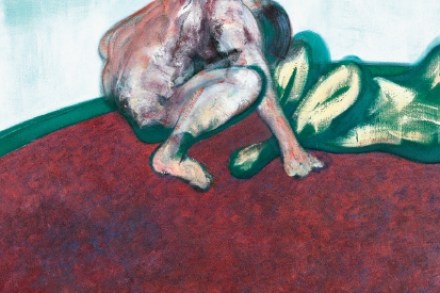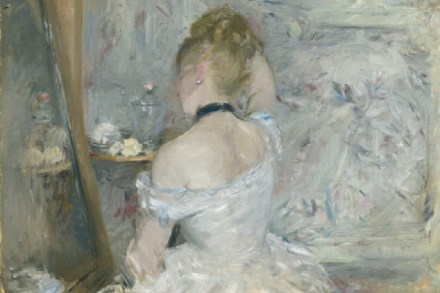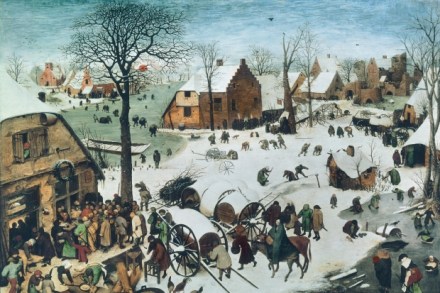Fairground attraction | 18 June 2015
Gianlorenzo Bernini stressed the difficulty of making a sculpture of a person out of a white material such as marble. Imagine, he said, that someone we knew well whitened his hair, his beard, his lips and his eyebrows, and, were it possible, his eyes. Would we recognise him? This is not a problem encountered by the 20th-century American artist Duane Hanson, whose work is on show at the Serpentine Sackler Gallery in Kensington Gardens. Hanson (1925–96) took every possible step to make his figures mimic reality in skin, hair, clothes, accessories and surroundings. In comparison, the resemblance of waxworks to their models is much less convincing. Hanson’s creations can engender
